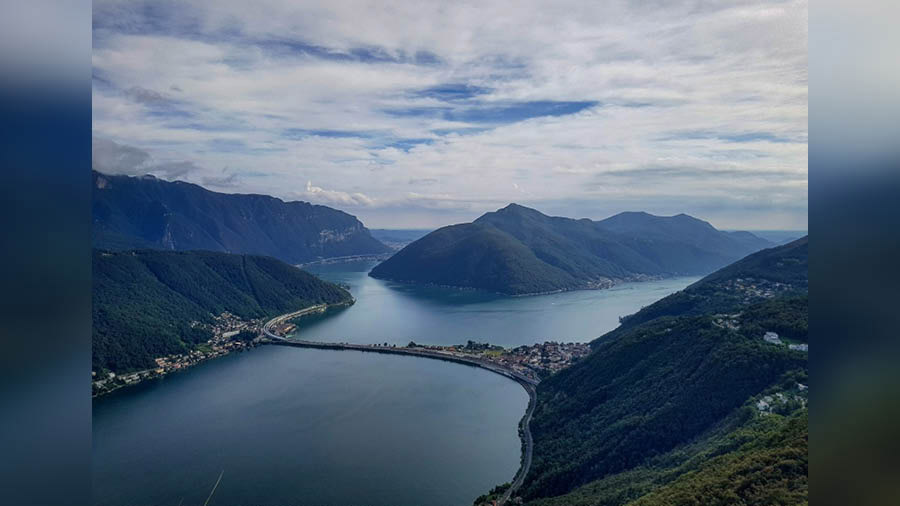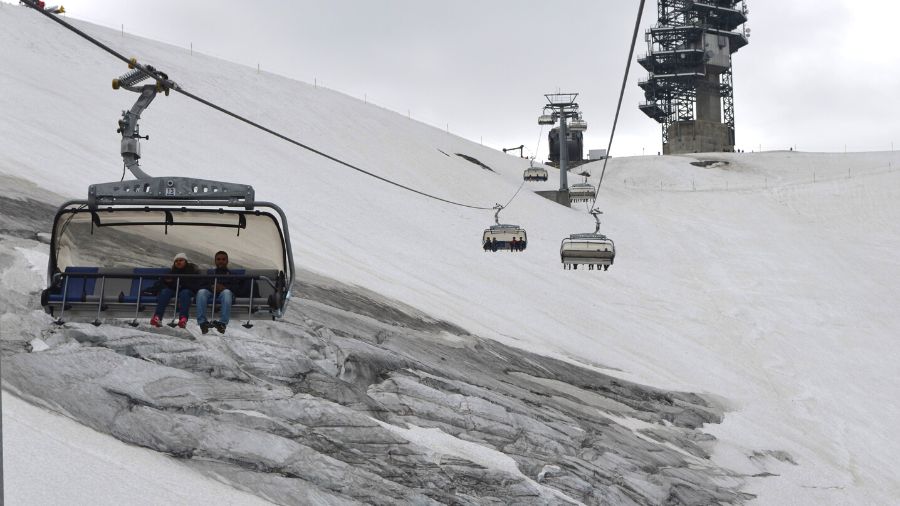My Italian friends might disagree, but the most delicious risotto I’ve ever sampled was across the border in Switzerland. It was at the Grotto San Rocco, a family-owned restaurant with stunning views. Sweeping views are a given in Lugano, the capital of Switzerland’s only Italian canton, Ticino. It’s a slice of Italy in a country we normally associate with the Alps and all those picture-perfect locations we’ve grown up watching in Bollywood blockbusters.
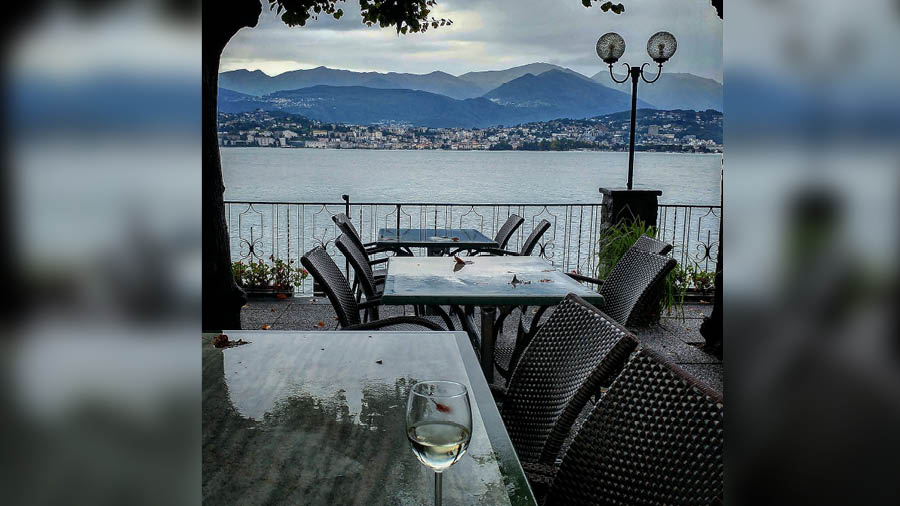
A view of Lake Lugano from Grotto San Rocco Ashwin Rajagopalan
Where else would you find an avenue lined with palms in Switzerland? Lugano is almost the best of both worlds — the magnificence of Swiss landscapes combined with Italian flair. It’s why my first stop at Lugano was a gelateria on the edge of Lake Lugano.
Where the Son of God stopped for a short break
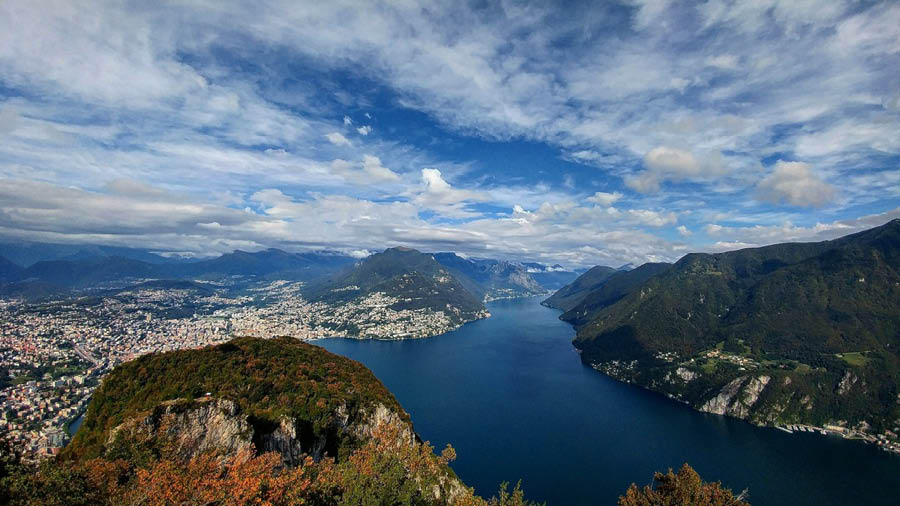
A view of Lake Lugano and the city from the top of Mont San Salvatore Ashwin Rajagopalan
Local fables suggest that the Son of God stopped at Lugano for a short break before his heavenly ascent. If you take in these views, you will understand why. Panoramic views are a Swiss staple, and yet, the views from the top of the Monte San Salvatore are very special. In the 13th century, pilgrims made their way up this mountain on foot. The ascent is much easier in 2023 with the cable railway system or the funicular. What awaits are 360-degree panoramas, endless views of the valleys, the Lugano lake and the spectacular Alps. This is a spot where your cameras are likely to go into overdrive.
Of referendums and Swiss Railways
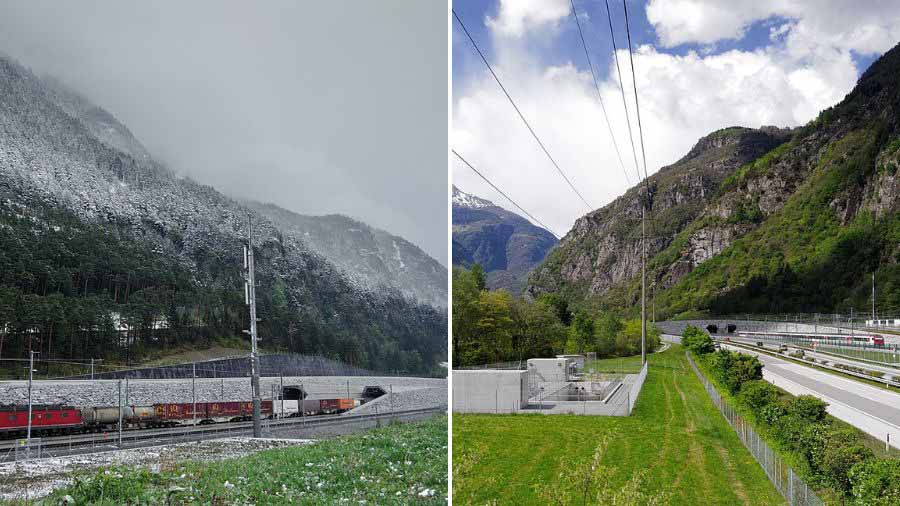
The southern and northern ends of the Gotthard Base Tunnel on the same day give exponentially different views Wikimedia Commons
The Swiss love their referendums and romanticise their efficient railways, one of the densest railway networks in the world. In 1992 the Swiss public voted in a referendum in favour of a historic train tunnel that finally opened to the public in December 2016. The Gotthard Base Tunnel, or the new Gotthard Tunnel, is 57 km long — the longest in the world — and an architectural marvel. It cuts travel times from Zurich to the Ticino canton by almost 90 minutes. It’s a surreal experience to ride through this tunnel, one more reason to visit Lugano.
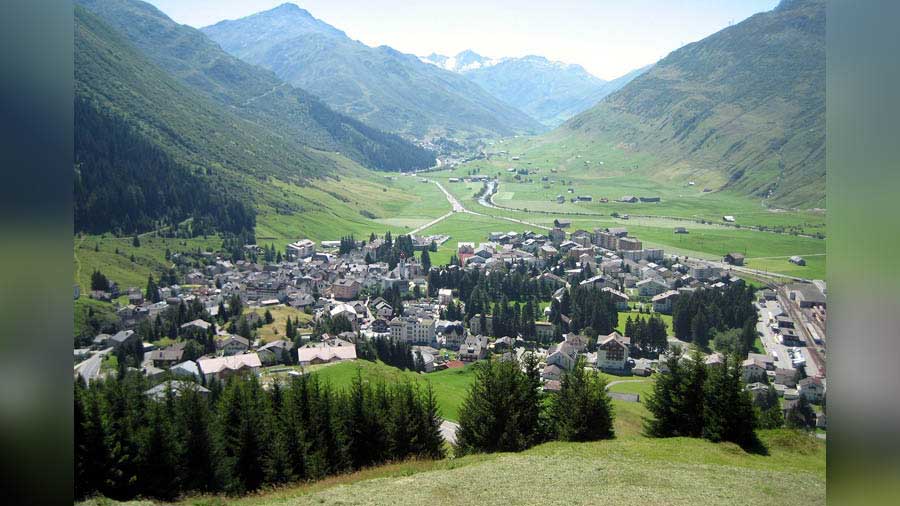
The idyllic mountain village of Andermatt Wikimedia Commons
This was not not the first time the Swiss embarked on a bold project concerning a railway. Back in 1871, they took on an ambitious project that took 11 years to construct and the tunnel that was made was one of the first modern structures that extensively used dynamite in its construction. In 1882, at the time of its inauguration, the (old) Gotthard Tunnel was the longest railway tunnel in the world. From the 13th century, the 2,106-metre-high Gotthard Pass was an important trade route that bridged southern Europe with the north. The 15km-long train tunnel was a game changer, drastically cutting down the 30-hour journey by stagecoach.
Do make time to travel further down the rail route to visit the scenic village of Andermatt (about two hours from Lugano) that has been an important tourist destination almost since German poet Goethe raved about its charms in the 18th century.
Gourmands unite
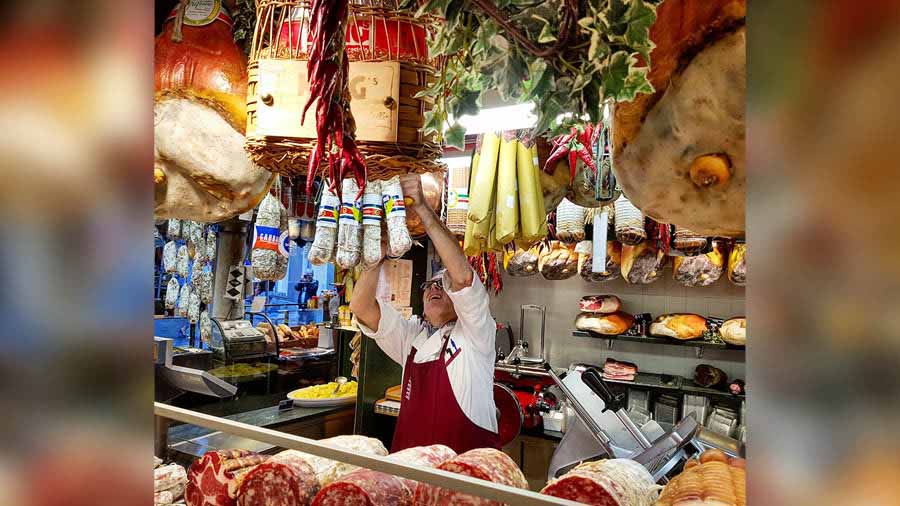
At the local market in Lugano Ashwin Rajagopalan
Lugano’s culinary offerings are among the best in Switzerland and the local food market in the heart of town is a great stop for gourmands. I’d recommend a stop at the Grotto Morchino, an authentic Ticinese grotto (an eatery ensconced within a cave) just outside Lugano. No Michelin star chefs here, just the family Oligati, who have been running this restaurant since 1842 with an emphasis on local sourcing. The rabbit, served with polenta, is a bestseller.
Monte Carlo of Switzerland

The lakeside promenade, Lugano Ashwin Rajagopalan
Lugano’s lakeside promenade is one reason why the city came to be known as the ‘Monte Carlo of Switzerland’. This picturesque stretch is dotted with the city’s retail landmarks and attractions. Via Nassa is one of Lugano’s historical streets, where jewellery stores and luxury brands rub shoulders on a 270- metre-long stretch of ancient-city porticoes along the lakeshore.
I also made a stop at the Church of Santa Maria degli Angioli, where Bernardino Luini painted Passion and Crucifixion. The elaborate artwork by Luini, one of Leonardo da Vinci’s famous disciples, is a vibrant fresco featuring more than 150 figures.
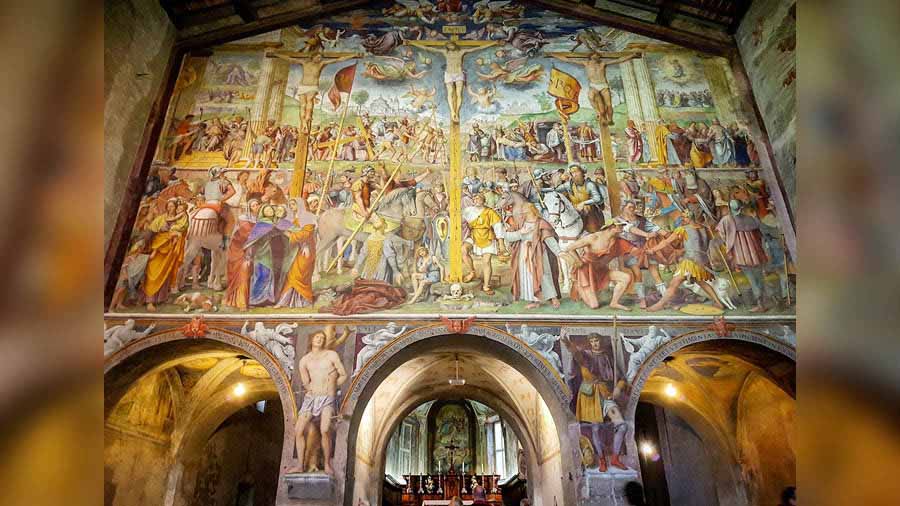
Bernardino Luini’s ‘Passion and Crucifixion’ Ashwin Rajagopalan
The Collina d’Oro (Golden Hill) is a great starting point to discover Lugano and atop this vantage point sits Villa Principe Leopoldo. Once the private home of German Emperor Wilhelm’s brother-in-law, this luxury hotel offers stunning views from its unique location, nestled between mountains and lakes.
Lugano is one of many Swiss cities that I hope to keep coming back to. The Italian vibe, the boat rides around Lake Lugano, the views from atop San Salvatore and scrumptious Italian food. I didn’t just sample the Ticinese risotto here; I signed up for a quick culinary lesson at the Grotto San Rocco because sometimes just one dish can help you revisit memories of your favourite travel destinations.
